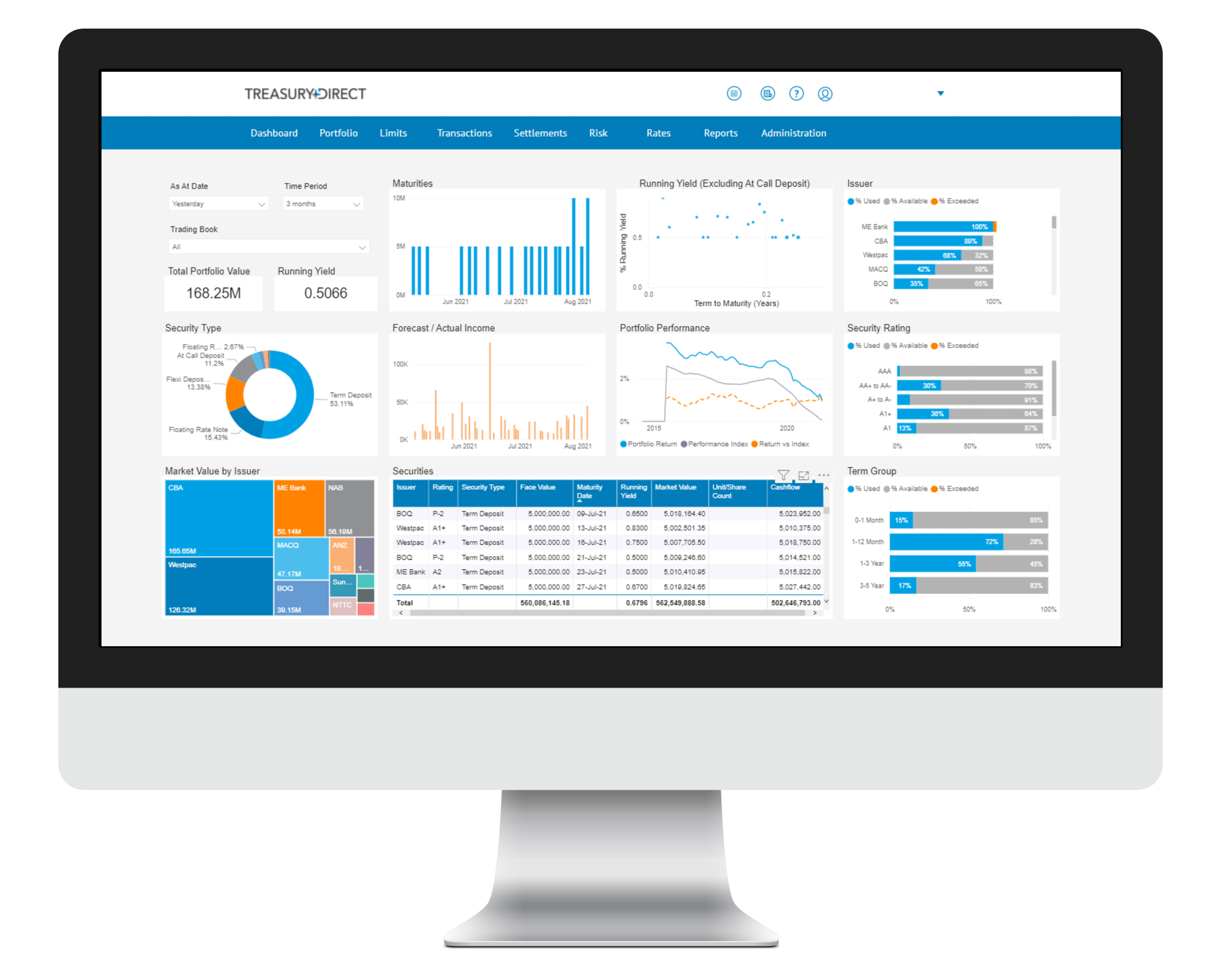Markets Overview
- ASX SPI 200 futures up 0.9% to 8,410.00
- Dow Average up 0.6% to 42,322.75
- Aussie down 0.3% to 0.6407 per US$
- US 10-year yield fell 10.5bps to 4.4315%
- Australia 3-year bond yield rose 5.5 bps to 3.66%
- Australia 10-year bond yield rose 5.5 bps to 4.53%
- Gold spot up 2.0% to $3,240.46
- Brent futures down 2.3% to $64.58/bbl
Economic Events
- 11:00: (AU) Australia to Sell A$800 Million 2.5% 2030 Bonds
Wall Street traders drove stocks higher as bond yields sank after the latest economic data spurred speculation the Federal Reserve will cut interest rates twice this year to prevent a recession.
The S&P 500 rose for a fourth straight day. Despite the gain, caution lurked in the background after a furious rally spurred worries about an overheated market, with the pendulum swinging in favor of defensive dividend-payers that had underperformed in the past month. Meta Platforms Inc. paced losses in big tech on a news report it was delaying the rollout of a flagship AI model. In late hours, Applied Materials Inc. gave a tepid forecast.
Treasuries climbed across the curve. Longer-dated bonds were earlier whipsawed by large trades that briefly pushed the 30-year yield to nearly 5%. The dollar dropped against most major currencies.
Prices paid to US producers unexpectedly declined by the most in five years suggesting companies are absorbing some of the hit from higher tariffs. Growth in retail sales decelerated notably. Factory production declined for the first time in six months while New York state manufacturing contracted again. And confidence among homebuilders slumped.
“If you are in the stagflation camp, these data aren’t confirming your thesis,” said Jamie Cox at Harris Financial Group. “While growth is slowing, disinflation remains intact.”
The S&P 500 rose 0.4%. The Nasdaq 100 was little changed. The Dow Jones Industrial Average added 0.65%. An index of the “Magnificent Seven” megacaps fell 1.1%. Canada’s stock benchmark hit a record with an eight-day rally.
The yield on 10-year Treasuries tumbled 10 basis points to 4.43%. A dollar gauge lost 0.2%. Oil slumped as Donald Trump said the US and Iran are getting closer to a deal regarding Tehran’s nuclear program.
Stocks are now trading like last month’s rout never happened. The S&P 500 is about 4% away from an all-time high, while the Nasdaq 100 swung from a bear market back into a bull market. The advance is building as economic tensions between the US and China ease and the White House appears to be softening its approach to trade negotiations.
“I don’t want to get too excited, but we may actually be able to focus on company fundamentals for a while this summer,” said Lamar Villere, portfolio Manager at Villere & Co. “If you’d told me a month ago that stocks would be up year-to-date when my kids finished their exams, I’d have called you a liar.”
Still, there’s little clarity over how the existing levies might impact the US economy or the trajectory the global trade war will take in coming months.
Fed Governor Michael Barr said the economy is on solid ground, but warned tariff-related supply-chain disruptions could lead to lower growth and higher inflation.
Recession remains a possibility as tariff fallout continues to buffet global economies, according to JPMorgan Chase & Co. Chief Executive Officer Jamie Dimon.
“Hopefully we’ll avoid it, but I wouldn’t take it off the table at this point,” Dimon said in a Bloomberg Television interview Thursday at JPMorgan’s annual Global Markets Conference in Paris. “If there is a recession, I don’t know how big it would be or how long it would last.”
Wells Fargo Investment Institute sees economic growth, clarity around Trump’s tariffs and continued earnings growth driving further stock-market gains through the rest of this year and next.
Strategists at the firm published a new S&P 500 forecast for 2026, expecting the US equity benchmark to climb to between 6,400 and 6,600 by year’s end. WFII’s new 2025 year-end target is in a range of 5,900 to 6,100. The gauge closed at 5,916.93 Thursday.
“Our constructive equity outlook is not an all clear for the riskiest areas of the markets,” the team wrote, emphasizing preference from US large- and mid-cap companies.
Equity gains will likely get harder from these elevated levels, so the relatively low cost of volatility hedges on offer right now hands investors an opportunity to build a defense against summer volatility.
“While we continue to expect a range of trade agreements to be reached to sustain the tariff rate at roughly the level during the pause period, ongoing uncertainty could trigger further bouts of market volatility,” said Solita Marcelli at UBS Global Wealth Management.
Meantime, tax-bill discussions in Congress show the US “appears unwilling” to rein in its fiscal deficit, while foreigners are less inclined to finance it, creating a “major problem” for the dollar and the bond market, said George Saravelos, Deutsche Bank’s global head of currency strategy.
“Running a wider fiscal deficit requires foreigners to buy an ever-expanding amount of US Treasuries and an ongoing rise of America’s foreign liabilities,” he wrote. “This we believe is no longer sustainable.”
The dollar’s descent is elevating the price of hedging currency trades around the world, breaking up a long-standing market conviction that costs tend to come down when the greenback weakens.
The correlation between the dollar and a widely-watched gauge of volatility in Group-of-10 currencies fell to the lowest level in seven years this week. For most of the past 15 years that correlation was positive.

